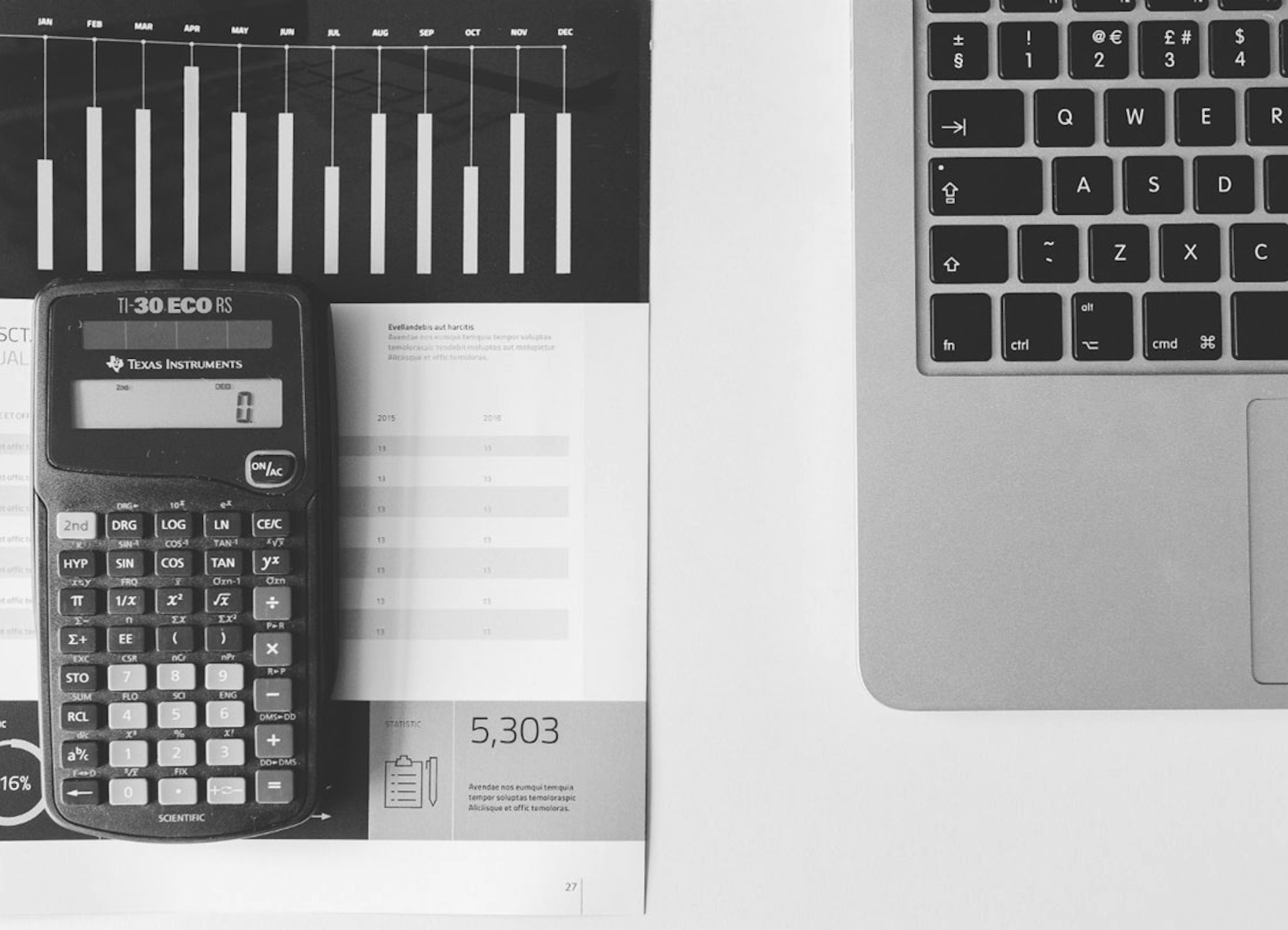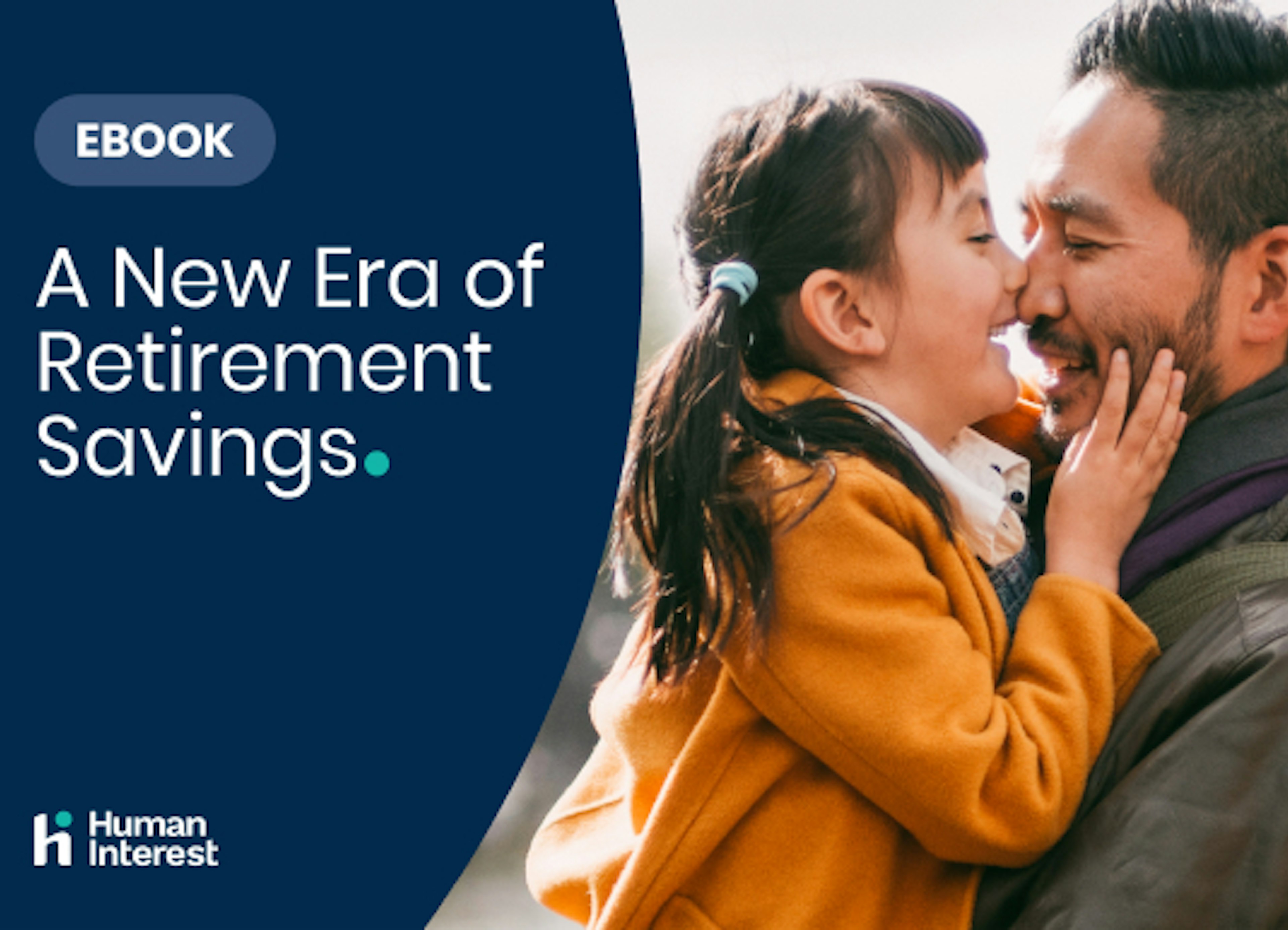If you’re like many savvy investors, you’re furiously saving for retirement. You have a 401(k), a discount brokerage account and maybe a Roth IRA as well. You’ve heard about asset allocation and some of these other investment terms, but may have no idea how this applies to your retirement accounts. Here’s where to begin if you want a simple guide to help you navigate the often confusing waters of creating a balanced investment portfolio, juggling across multiple accounts and including all of your financial assets.
What are the goals for my investment money?
Saving and investing for the future is great. Yet, acquiring money is not the end goal-the final reason to save and invest is to have money for your future needs, wants, emergencies and heirs. Before you create a balanced portfolio, you need to list and organize your future goals. By defining your current and future goals, you’re on the right track to a creating a balanced portfolio. Your goals aren’t etched in stone, nor are the timelines. As an estimate, the short term goals might be for the next two to three years. For example, you may want to save for a vacation or build up a larger emergency fund during the next few years. Medium term goals include plans for the upcoming 3-6 years such as saving for a down payment for a condo or home. Long term goals will be funded with money you invest in the financial markets and are further away, generally seven years or more. The longer term goals include retirement and saving for a young child’s college expenses. This step seems straightforward enough, yet, in reality, you’re going to need to spend some time weighing the importance of your future goals. Unless you’re Bill Gates or Warren Buffett, you likely won’t have enough money to fulfill every single one of your future goals. After you create an estimate of your future financial goals and their costs, you need to integrate these future wants and needs with your financial accounts. Obviously, you won’t direct retirement savings into your checking account. Nor will you place the funds for your home remodel or upcoming vacation in your 401(k). In the next step you’ll figure out where to save for your future goals.
Divvy up your savings: Short-term or long-term?
Long-term retirement: When you need your money influences where you’ll save and invest. Your retirement savings will go into a 401(k), 4013(b), traditional or Roth IRA. With the early withdrawal penalties, this is just common sense. Long-term pre-retirement goals: Other long term money goals, 7 years or further away, can go into your investment brokerage account. Just remember that stock and bond fund values go up and down, so don’t invest any money you will need within the next 5 years in stock and longer term bond funds. The financial markets are too volatile and uncertain for money you’ll need for a home remodel in four to five years. If you’re saving for your child’s college fund, you may want to consider a 529 plan. Short-term mid-term goals: This money should go into a savings account, certificate of deposit or short term treasury securities. That way, you know that the value of your money won’t decline when it’s time to pony up and pay for your wedding, home remodel or car down payment. Related: Emergency Fund Basics: When, Where, and How Much?
What is a balanced portfolio?
Rick Ferri, a well-regarded author and investment expert wrote about the balanced portfolio several years ago in a Forbes.com article. Consider a balanced portfolio as a type of strategy to protect your money against extreme losses when the market has its periodic swings. In 2008, in the midst of the most recent recession, the S&P 500 fell 36.55%. If all of your money was invested in the stock market, your investments would have lost more than one-third of their value. A balanced portfolio is designed to soften the sting of the financial market’s ups and downs. And that’s where asset allocation comes in. “Asset allocation involves dividing an investment portfolio among different asset categories, such as stocks, bonds, and cash. The process of determining which mix of assets to hold in your portfolio is a very personal one. The asset allocation that works best for you at any given point in your life will depend largely on your time horizon and your ability to tolerate risk.” ~U.S. Securities and Exchange Commission (SEC) So, if you’re a younger, more aggressive investor, you’ll own a greater amount of higher return, more volatile stock investments and a lesser proportion of cash and bond investments. On the other hand, if you are extremely afraid of all but the smallest drops in your investment values and are closer to retirement, then you’ll own a greater percentage of bond and cash investments and a smaller amount of stocks and stock funds.
An example case: How Bridget and Ricardo balance their portfolio
Bridget and Ricardo are a married couple, and here’s their financial situation to use as an example: Bridget and Ricardo are both 35 years old and have a child on the way. The couple is saving up to buy a home, interested in saving for their child’s college as well as saving for their own retirement. Their combined net worth is $60,000. They separate the money for their short and mid-term goals, as that money must stay liquid and maintain a stable value. Thus the $20,000 savings for their home down payment, emergency cash and other short term goals is invested in bank certificates of deposit. Here’s how Bridget and Ricardo integrate their goals with their savings and investing.
| Short-term | Short-term | Medium-term | Long-term | |
|---|---|---|---|---|
| Goal | Disneyland vacation | Emergency Fund | Home down payment | Retirement |
| Estimated Cost/Goal | $2,000 | $10,000 | $30,000 | $198,000/ $1,000,000 |
| Target Date | July, 2018 | ASAP | January, 2020 | 2049 |
| Amount Saved | $0 | $8,000 | $7,000 | $30,000 |
| Budget (savings per month) | $90 | $150 | $575 | $500* |
*The retirement goal assumes a 7% annual rate of return. The $500.000 per month contribution continues between 2016 and 2049 at retirement. Due to the impact of compounding, the couple only contributes $204,000 in order to achieve $1,000,000 in retirement (source). The couple is moderately aggressive and is comfortable with an asset allocation for their long term investments of 70% in stock funds and 30% in bond funds. Bridget and Ricardo’s asset allocation: 70% stocks and 30% bonds: Here’s how they are creating a balanced portfolio with their $40,000 in long-term funds: $28,000 ($40,000 x 70%) in diversified stock mutual funds $12,000 ($40,000 x 30%) in diversified bond mutual funds Yet, now that the couple has decided on their asset allocation, they need to figure out how to distribute the funds within their 2 accounts – the 401(k) and investment brokerage account. Here’s the secret to creating a balanced portfolio across accounts: Consider all of your distinct investment accounts, 401(k), IRAs and brokerage accounts as a whole, when creating your asset allocation. Bridget and Ricardo don’t know how to divide up their stock and bond mutual funds between the retirement 401(k) and the non-retirement investment brokerage account. A simple rule of thumb is to place higher taxed assets in a retirement account, in order to defer the payment of taxes and the lower taxed assets in the taxable investment brokerage account. In a perfect world, this would mean that most of Bridget and Ricardo’s $12,000 bond fund holdings would go into the 401(k) and the $28,000 stock funds would go into the brokerage account.Yet, the couple only has $10,000 in their brokerage account and $30,000 in the retirement account. So here’s how they decide to balance their money while maintaining their asset allocation: They put $12,000, all of their bond fund investments in the 401(k). Next they put $18,000 of their stock fund investments in the 401(k). That leaves the remaining $10,000, in their discount brokerage investment account to be invested in stock mutual funds. Account 1: Their 401(k)s $12,000 in diversified bond index funds
$18,000 in diversified stock index funds
$30,000 in 401(k) account
Account 2: Discount investment brokerage account $10,000 in diversified stock index funds Account 3: CDs (certificates of deposit) $20,000 short term cash in CDs. Overall: Their $40,000 long term investments allocated with 70% in stock funds and 30% in bond funds. The monies are spread between their 401(k)and investment brokerage accounts Future investing in the 401(k) and the brokerage account approximate their overall 70% stock-30% bond fund allocation. All new deposits into the 401(k) account are divided with 40% going into bond index funds and 60% into stock funds. New contributions into the investment account are always invested in stock funds.
Rebalance every year
You don’t need to be perfect when creating a balanced portfolio. As long as you’re in the ballpark, that’s fine. Each year, revisit your pre-determined asset allocation and look at the investments across all of your long term accounts to make sure they are still in line with your preferred percentages. If not, sell some shares in the over represented asset classes and buy shares in the underrepresented funds. Or, you can simply commit new monies into the asset class that needs to be increased. This annual asset allocation adjustment is known as rebalancing. If you’re really feeling anxious, once a quarter would also be fine, but any more often than that and you’ll probably just be creating unnecessary stress for yourself and not doing much good. To create a balanced portfolio integrates saving and investing for your future. It starts with making certain that your money is invested appropriately to best serve your goals. You’ll notice that all of their goals aren’t listed on the chart. The couple intends to start saving for junior’s college fund, after the child is born. Quick takeaways:
Money you need within 5 to 7 years shouldn’t be in the stock market.
For longer term funds, create an asset allocation. Then divide up your investments across accounts, to meet your asset allocation preferences.
Rebalance once a year to maintain your balanced portfolio.
Best of luck! You’re already off to a great start just by learning these fundamentals. Recommended reading: Should You Really “Invest in What You Know”? Photo credit: Jeremy Thomas
Low-cost 401(k) with transparent pricing
Sign up for an affordable and easy-to-manage 401(k).
Article By
The Human Interest TeamWe believe that everyone deserves access to a secure financial future, which is why we make it easy to provide a 401(k) to your employees. Human Interest offers a low-cost 401(k) with automated administration, built-in investment education, and integration with leading payroll providers.


